No worry about tissue matching for kidney transplants because the HLA test in Chandigarh is here!
Scene 1: As due for some months you are experiencing some kidney-related problems, you have consulted a urologist and he has advised you that you have to transplant your kidney. Now you become worried because an internal body part of another person should not be suitable for you all the time and if that happens it will be lethal. As you have told the doctor about your curiosity and reason for being worried, he just told you that your kidney donor will be chosen by the HLA test and if that test finds out that you two are an identical match, then only the kidney transplantation will be possible.
As your doctor has told you that finding an identical lage between siblings is more feasible than with other people, and you have two siblings, you are very enthusiastic to know whether they are identical matches or not. Now you have come to the government hospital of Chandigarh, to get to know about your confusion. But you come to know that this facility is very rare to find in a government hospital unless this is a highly sophisticated one. And as usual, you have returned empty-handed.
Scene 2: As you have returned home with no hope in your hand, you are becoming more worried over time. And you are feeling that the more you are getting worried about getting identical matches for kidney transplantation, the more your physical problems are increasing. You are also experienced in a high number of urines, sometimes you get shivered by seeing blood in the urine. All of a sudden you just realized that your ankles are also swollen.
Now, this makes you become serious about this problem and you want it to be resolved very soon. For this purpose, you want to know about the HLA test and its availability in the city of Chandigarh. Still, you are worried about its safety, advantages, and disadvantages. This is why you have come here to find out about this and to resolve your problem permanently.
CContents
What is this test called the HLA test?
Human leukocyte antigen (HLA) testing is also called HLA typing or tissue typing. It is a blood test that identifies antigens on the surface of cells and tissues. It is used to match a transplant recipient (person receiving a transplant) with a compatible donor (person who gives their cells for a transplant). A pattern of antigens, called a tissue type, is inherited from your parents. Half comes from your mother and half comes from your father. Everyone has their own pattern except for identical twins, who have the same pattern and are an identical match for tissue and blood cells. Brothers and sisters who have the same parents have a 1 in 4 chance of being an identical match. The transplanted stem cells must match the recipients as closely as possible. The greater the number of antigens that match, the more likely a transplant will succeed. Most matches are between close family members (related donors), so the search for a donor starts with a brother or sister.
Why is the test needed?
Testing is usually performed only in the setting of planned transplantation where you are either the intended transplant recipient or a possible donor. Testing identifies which human leukocyte antigen (HLA) genes and antigens you have inherited and detects antibodies to HLA antigens that would cause transplants to be unsuccessful; testing may also be done to identify HLA antigen types in platelet blood donors that match transfusion recipients.
When to get tested for the HLA test?
Most often, transplant recipients are tested when it is determined that they need a solid organ or hematopoietic stem cell (HSC) transplant. Prior to transplant, potential donors are tested when they are being evaluated for compatibility with a specific recipient or are signing up with a national donor registry. Some recipients requiring platelet transfusions do not display a rise in their platelet count because of the presence of HLA antibodies. To improve the platelet response, blood donors of platelets are HLA-antigen-matched to the recipient.
Is there any sample required for the test?
A blood sample was drawn from a vein in your arm; sometimes, for HLA typing, a swab from the inside of the cheek (buccal swab).
What is actually being tested in the HLA test?
Human leukocyte antigens (HLA) are specialized proteins present on the surface of all cells in the body except red blood cells. The HLA genes that individuals inherit are responsible for the HLA antigens present in their cells. HLA testing identifies the major HLA antigens that are present on the surface of an individual’s cells and the antibodies to HLA antigens as well as the genes that are responsible for HLA antigens, primarily to match transplant donors and recipients.
In humans, the HLA genes are located in the region of chromosome 6 called the major histocompatibility complex (MHC). The MHC plays an essential role in the management of the immune system. It helps the body’s immune system distinguish which cells are “self” and which are “foreign” or “non-self.”
Any cells that are recognized as “non-self” can trigger an immune response, including the production of antibodies. HLA antibody testing is performed on transplant recipients to determine if they have antibodies that would target the HLA antigens on the donated organ or tissue. HLA antibody testing is also performed on platelet transfusion recipients to determine if they have any antibodies that would target the donor’s platelets and prevent a good response to the transfusion.
For hematopoietic stem cell (HSC) transplant, the HLA genes of the donor and recipient must be the same or match as closely as possible for transplantation to be successful and to lessen the chance of developing graft-versus-host disease (GVHD).
In solid organ transplants, such as kidney, heart, or lung transplants, ABO blood group compatibility is critical. After matching ABO types, it is also beneficial to match the HLA antigens between the donor and recipient. Unlike ABO matching, HLA typing mismatches are less critical as long as the recipient has not developed HLA antibodies directed against the donor’s antigens. Various drugs may be administered to help suppress the recipient’s immune system in order to minimize organ rejection.
Finding a donor who is compatible with an intended recipient may sometimes be difficult. Part of the reason is that each HLA gene can have numerous possible forms or variations (alleles). This characteristic is referred to as polymorphic.
In addition, there are more than 200 genes that make up the large HLA gene family located on chromosome 6. Considering the many different possible combinations and numerous types of HLA alleles, it can be a challenge to find a suitable donor, especially if the recipient has pre-formed HLA antibodies.
Nevertheless, HLA genes are located close together and inherited together as groups known as haplotypes; thus, a child inherits one haplotype from each parent. Because of this, there is a greater chance that family members will have the same group of HLA alleles compared to non-related potential donors. Often, a recipient’s parents, children, or siblings may serve as the best transplant matches.
Now, as in health-advisor, it is our prime duty to answer all the questions regarding your query. This is why all the general questions and queries are being tried to clear out here.
How is the test used?
The primary use for human leukocyte antigen (HLA) testing is to match organ and tissue transplant recipients with compatible donors.
HLA testing also includes screening transplant recipients for the presence of antibodies that might target the donated tissue or organ as part of an immune response.
Different kinds of transplants necessitate different levels of matching between the donor and the intended recipient. This may determine which HLA tests are performed and which HLA genes are tested for.
There are typically three components of testing used to determine HLA compatibility:
HLA antigen typing of donors and recipients – This step involves identifying HLA alleles. Family members who volunteer to donate hematopoietic stem cells, or an organ are HLA-antigen tested to see if they are a match for the relative who needs a transplant. If people want to make themselves available to donate hematopoietic stem cells to anyone who needs it, they can sign up with a national registry such as the United States National Marrow Donor Program (NMDP). HLA testing is performed and test results are kept on file to compare with results from those people who need a donor match.
HLA antibody screening of recipients – HLA antibody testing is performed on the recipient to determine if there are any antibodies present that would target the donated organ or tissue. Some people have HLA-specific antibodies that developed following exposure to non-self antigens. There are essentially three reasons for exposure to non-self HLA antigens: pregnancy, particularly multiple pregnancies (from exposure to the father’s HLA antigens that have been passed on to the fetus), blood or platelet transfusions, or previous transplant(s).
Once formed, HLA antibodies must be considered during matching because they can potentially attack donor tissues that have the corresponding HLA antigen. While the person waiting is for a matching donor to become available, HLA antibody testing may be periodically performed and updated to determine if the person has developed additional HLA antibodies.
HLA antibody assessment may also be used post-transplant to determine if the recipient has developed antibodies to the transplanted donor HLA antigens. Antibodies formed post-transplant may increase the risk of graft failure.
Lymphocyte crossmatching (Donor-specific) – This step may be done in some cases after a potential donor has been identified. It helps determine if the intended recipient has antibodies directed against antigens present on the donor’s lymphocytes. Serum from the intended recipient is mixed with white blood cells (T and B lymphocytes) from the donor. Any reaction detected (a positive result) would indicate likely incompatibility between the two. The crossmatch result should always be interpreted along with known information regarding the recipient’s HLA antibodies and the donor’s HLA typing.
Since the MHC system is involved in recognizing “self” and “non-self” antigens, HLA gene testing may be used to aid in the diagnosis of certain diseases, such as autoimmune diseases. The body can inappropriately mount an immune response against its own self-cells, producing antibodies (autoantibodies). More than 100 diseases have been associated with particular HLA genes, such as ankylosing spondylitis, which is associated with the HLA-B27 allele. HLA typing may also be important in preventing reactions to certain medications as side effects have been noted with certain drugs and specific HLA genotypes.
When is HLA Test ordered?
Transplant recipients: HLA gene or antigen and antibody testing are typically performed when it is first determined that a person needs to have a transplant. HLA gene and antigen results do not change unless a person has received a hematopoietic stem cell transplant. However, HLA antibody testing and identification may be done periodically and after events, such as pregnancy, to see if the potential recipient has developed additional HLA antibodies. HLA antibodies may also be produced in response to recent blood or platelet transfusion.
Post-transplant, the presence of antibodies to donor antigens, along with other assessments such as a tissue biopsy sample of the transplanted organ, may indicate the recipient is experiencing rejection of the transplanted organ. This information is important for the healthcare practitioner to assess and treat promptly.
Transplant donors: HLA gene or antigen typing is performed for family members when they have volunteered to see if they are a match for a relative who needs a kidney, liver, hematopoietic stem cell, or another type of transplant. Living unrelated persons may also be tested as potential donors, and this is frequently the case for kidney transplants.
HLA antigen typing is also performed on unrelated individuals who wish to become bone marrow donors through the donation registry.
When an organ is from a deceased donor, ABO and HLA antigen testing is performed as quickly as possible to match it to a potential recipient. The amount of time available to ensure the greatest viability of the organ ranges from a few hours (e.g., for heart and lungs, 4 to 6 hours) to no more than 1 to 3 days (e.g., for a kidney, 48 to 72 hours; for a liver, 12 to 24 hours).
Crossmatch testing with the potential donor is performed just prior to an organ transplant to ensure compatibility. In the case of living donor transplantation, cross-match compatibility testing is usually performed more than once when the donor is initially identified and again just before the actual transplant procedure.
What does the test result mean?
Specific HLA genes or antigens are identified during HLA testing to ensure solid organ or hematopoietic stem cell transplant compatibility. The typing result of the recipient is compared to those of the potential donor. Results indicate how many antigens match and how many antigen mismatches are present. “0 mismatches” indicates a high probability that the organ or tissue will not be rejected by the recipient.
The absence of recipient HLA antibodies to the donor HLA antigens is very important. Matching a donor with a recipient who has developed antibodies must be carefully considered because the more HLA antibodies a person has developed, the higher risk for rejection.
An incompatible crossmatch result due to donor-specific antibodies is usually interpreted as a high-risk transplant, meaning the recipient is at risk of rejection of the transplant. Graft rejection may or may not be treatable with various immunosuppressant drugs.
Other than organ and tissue compatibility testing, what else are HLA gene and antigen testing used for?
Historically, HLA testing was used to help identify someone (forensic testing) or to determine if people were related (parentage testing), although now there are other, more specific genetic tests available for these purposes. Other uses include disease-association testing and drug hypersensitivity testing.
What are the reasons to test for a specific HLA gene allele?
Some HLA gene alleles are associated with certain diseases and autoimmune disorders. They are not diagnostic of the disorders but can be useful in helping to confirm or exclude a diagnosis. Relationships have also been documented between certain alleles and sensitivities to specific drugs. Genetic factors can change the way a therapeutic dose of medication behaves in one individual as compared to others. Currently, HLA antigen typing can sometimes be used to select the optimal medication, while reducing drug reactions and increasing the effectiveness of the treatment
Is my blood type (ABO) related to my HLA genes and antigens?
No. Although both systems are inherited and are important for tissue compatibility, they are independent of each other. The ABO system is located on chromosome 9 and the HLA system is on chromosome 6.
Is there anything else you should know?
HLA testing is performed in laboratories that specialize in histocompatibility and immunogenetics. Many are accredited by the American Society of Histocompatibility & Immunogenetics (ASHI) or the College of American Pathology (CAP). Histocompatibility literally means tissue compatibility and involves testing donors and recipients to see if they are HLA matches. Immunogenetics is the study of the relationships between the immune system, genetics, and disease development.
Where does one get to know about the HLA test in Chandigarh?
MedGenome’s NGS-based ultra-high-resolution allelic HLA testing and HLA matching provide transplant specialists with a broad-coverage, ultra-high-resolution human leukocyte antigen (HLA) typing solution for simple, rapid assessment of the HLA region in a single assay. It features:
Comprehensive Assay: One assay provides high-resolution sequencing of 6 HLA loci
Highest quality standards in sample-to-report Workflow: Includes library preparation, sequencing, and data analysis/reporting
Unambiguous Results: Deeper sequencing enables accurate and high-resolution HLA typing.
What are the features of the aforementioned testing?
High throughput high-resolution HLA typing in 4 fields
Reporting HLA A*, HLA B*, HLA C*, HLA DRB1*, HLA DQB1*, DPB1*- 6 locus
Less ambiguous positions more accurate typing
CAP & ASHI PT participation
NMDP codes being provided
How accurate are those data in the pathological lab previously mentioned?
The customized high coverage of MedGenome’s high-resolution allelic HLA testing Panel provides the highest level of resolution, eliminating the need for follow-up testing to obtain a confident typing result.
The HLA locus is sequenced with high-quality, paired-end 2 × 150 bp reads, enabling the use of dense polymorphisms to assign phase accurately. This allows unambiguous HLA typing results to be derived directly from the sequencing data.
How does the HLA test cost in Chandigarh?
HLA tests cost 1700 to 2000 in top quality private labs in Chandigarh. However government labs may charge a little less money, but you should realize what is important to you, money or a nice experience?
Call us: 77400-33771
Mail us: [email protected]

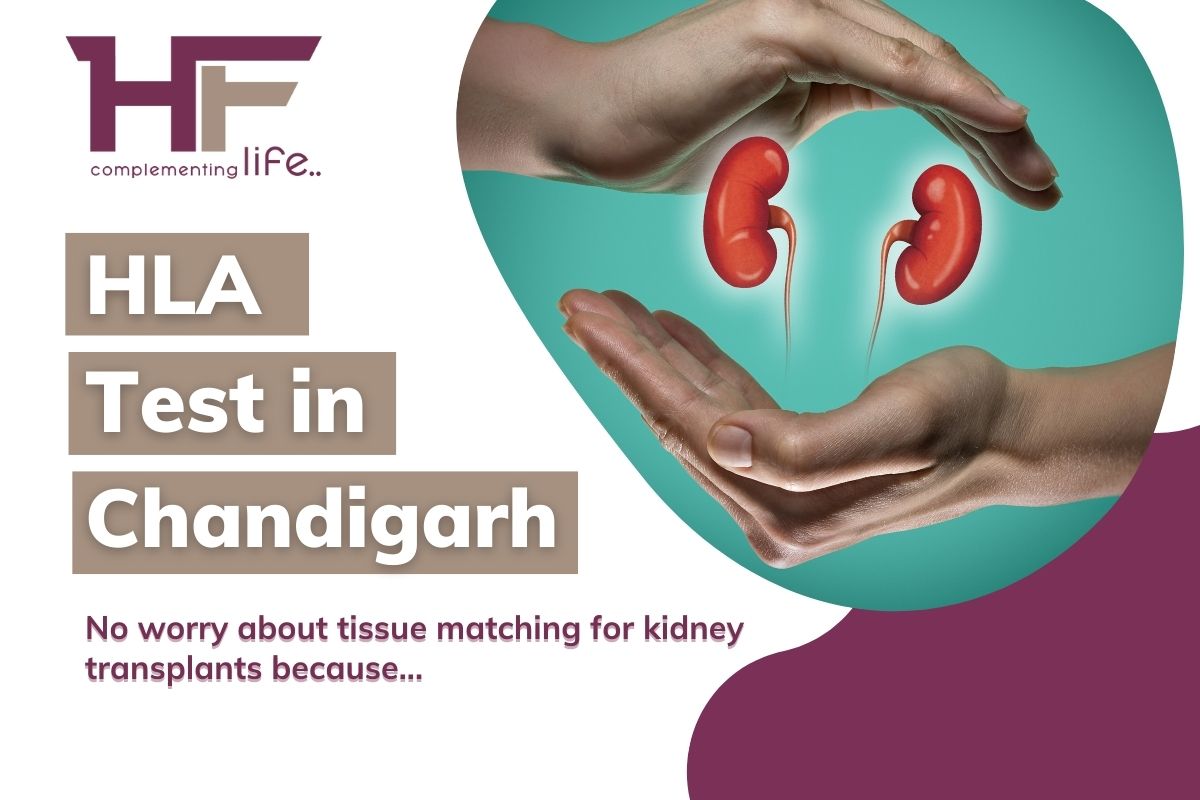
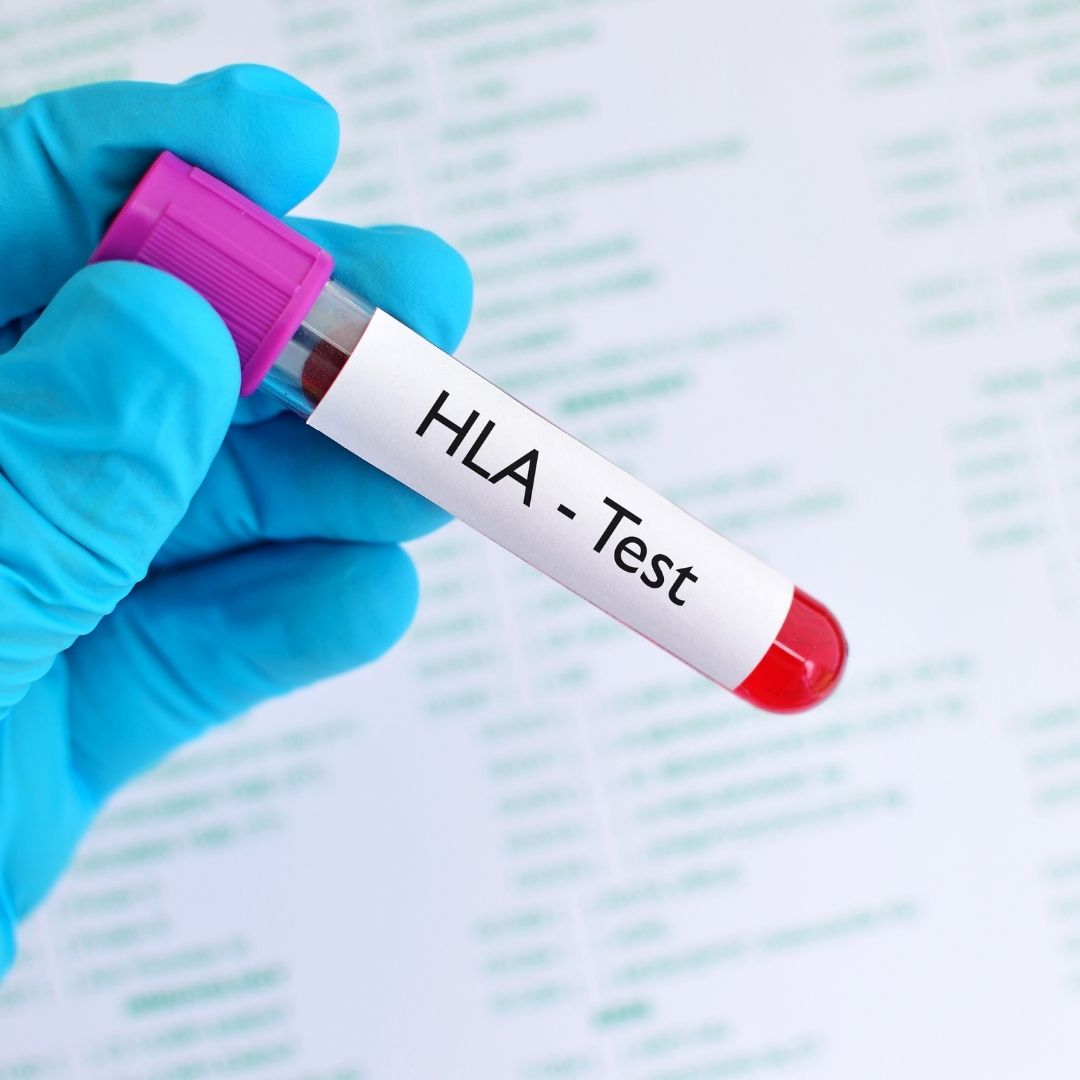
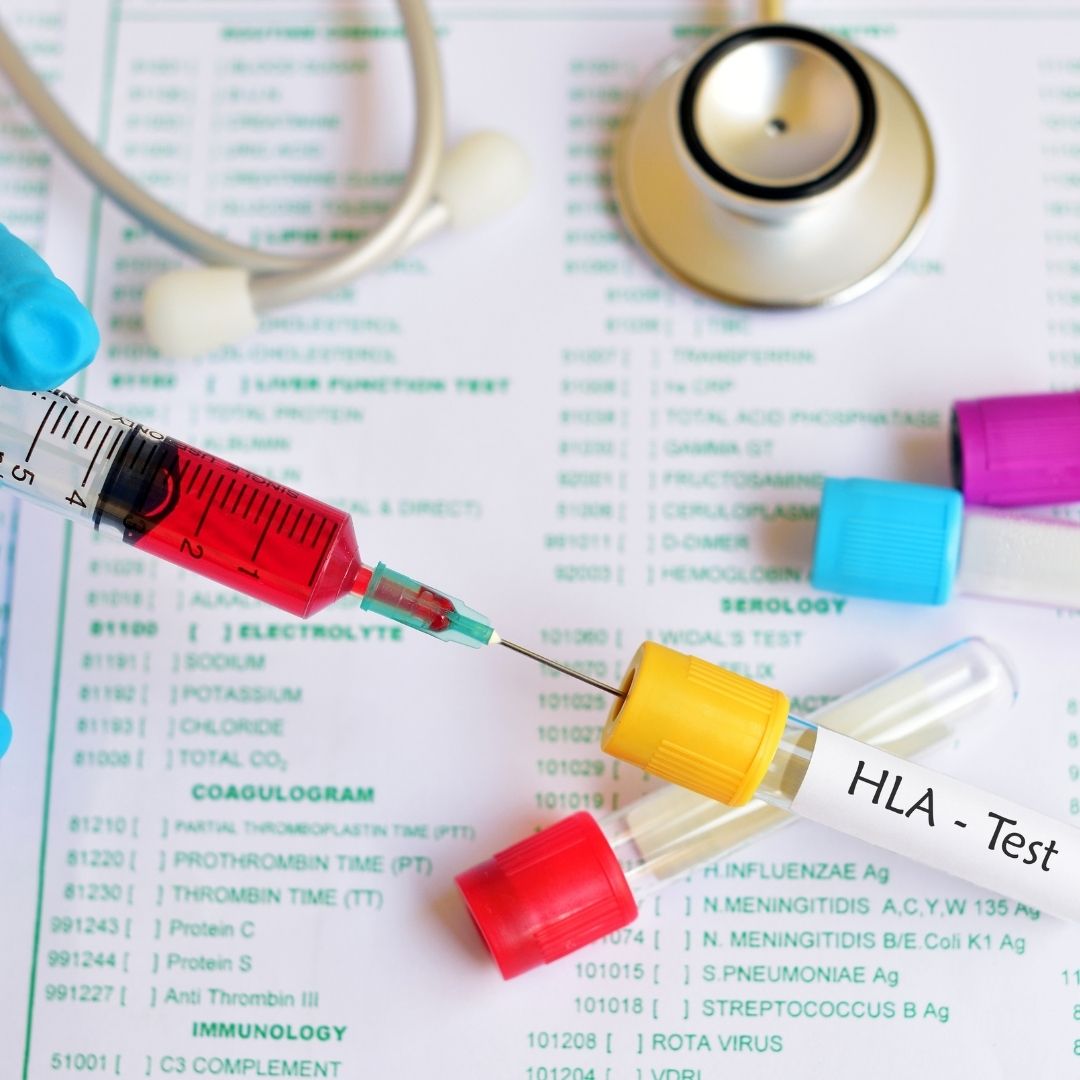
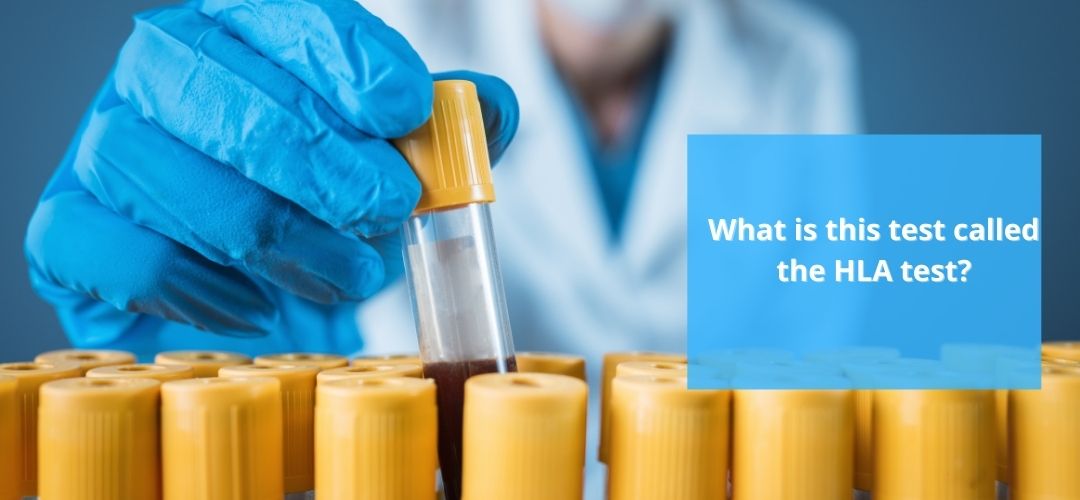
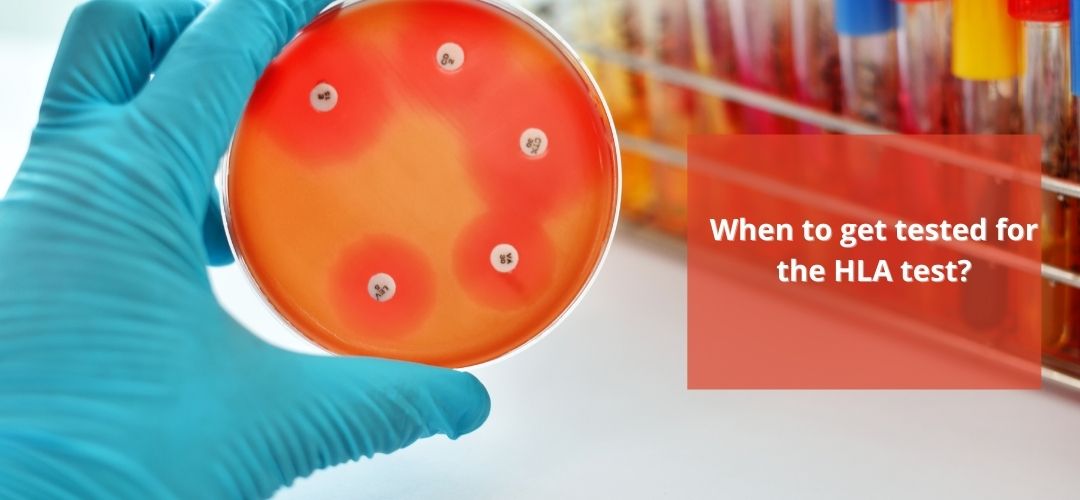
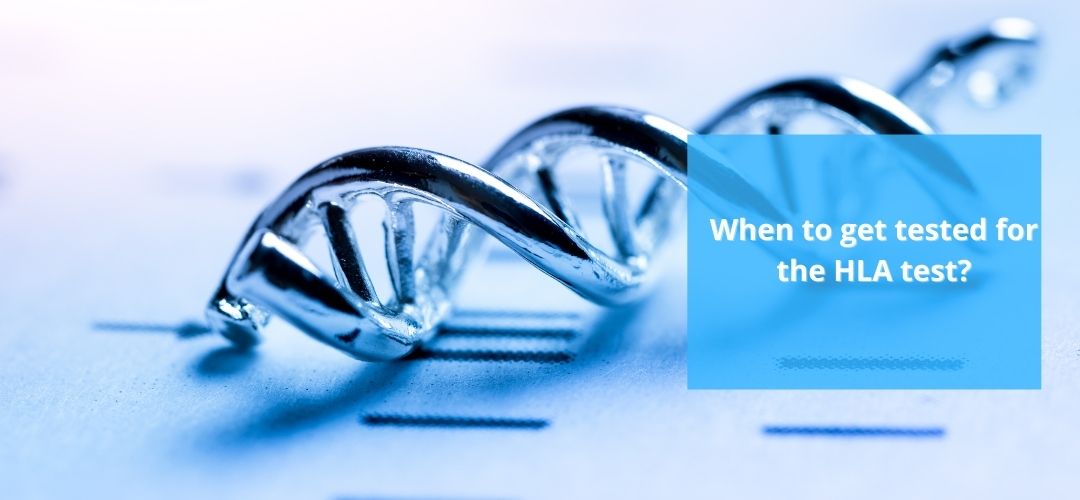

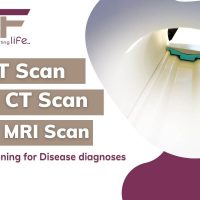


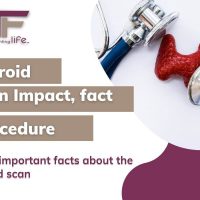

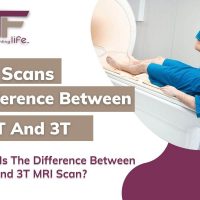


Comments